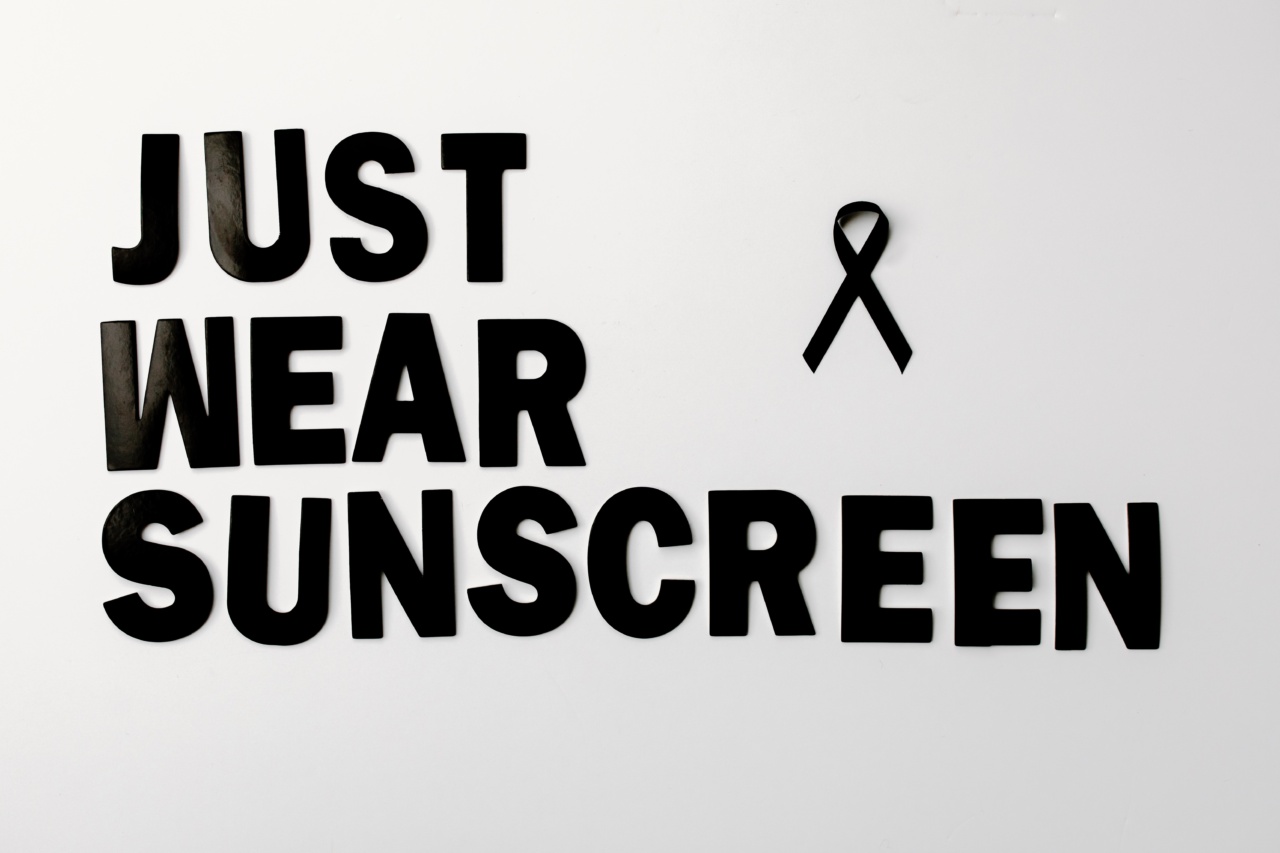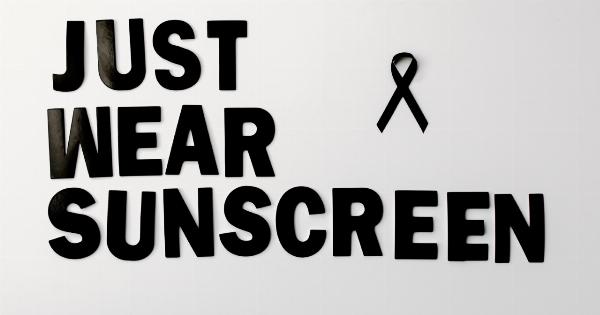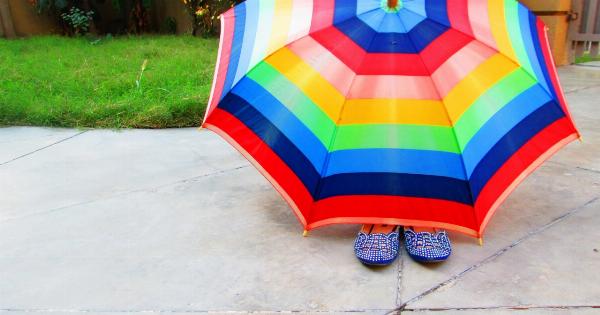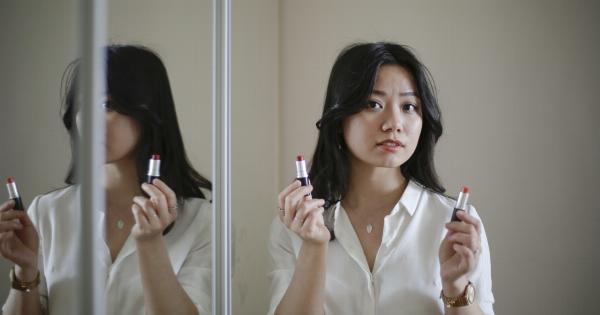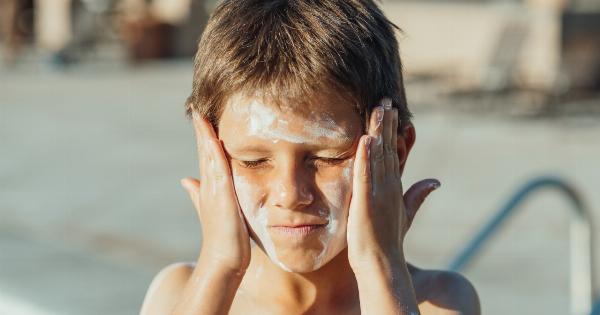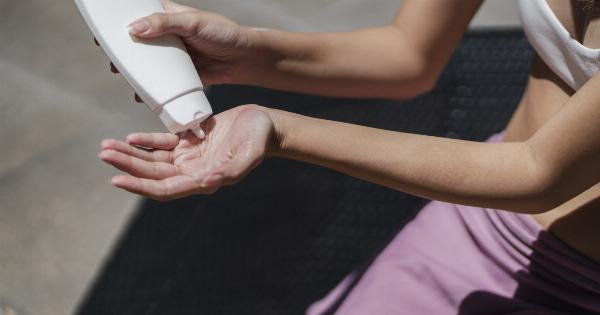As we become increasingly aware of the damaging effects of ultraviolet (UV) radiation on our skin, the use of sunscreen has become a common practice in our daily lives.
Sunscreen is known to provide protection against sunburn and reduce the risk of skin cancer, including melanoma, the deadliest form of skin cancer. While sunscreen is undoubtedly an essential tool in our sun protection arsenal, it is important to understand its limitations in preventing melanoma.
In this article, we will explore the various factors that contribute to the limitations of sunscreen and discuss the broader strategies for minimizing the risk of melanoma.
The Efficacy of Sunscreen in Blocking UV Radiation
Sunscreen works by absorbing, reflecting, or scattering UV radiation before it penetrates the skin. It typically contains organic and inorganic compounds that act as filters or blockers of UV radiation.
While sunscreen may effectively prevent sunburn caused by UVB radiation, its effectiveness in blocking UVA radiation, which is associated with the development of melanoma, can vary widely.
1. SPF Rating: Sun Protection Factor (SPF) is a measure of how well a sunscreen can protect against UVB radiation. SPF primarily indicates the time it would take for your skin to burn compared to being unprotected.
However, high SPF does not necessarily mean adequate protection against UVA radiation. Many high SPF sunscreens do not provide proportionate UVA protection, leading to an increased risk of melanoma.
2. Broad Spectrum Protection: Sunscreens labeled as “broad spectrum” claim to offer protection against both UVA and UVB radiation. However, the degree of UVA protection can still vary.
To ensure optimal protection against melanoma, it is crucial to choose a sunscreen that provides high broad spectrum protection.
3. Application and Reapplication: The effectiveness of sunscreen also relies on proper application and reapplication. Sunscreen should be applied generously and evenly to all exposed areas at least 15 to 30 minutes before sun exposure.
Additionally, reapplication is necessary every two hours or immediately after swimming or sweating. Failure to adhere to these guidelines can significantly diminish the sunscreen’s protective capabilities.
Limitations of Chemical Sunscreens
Chemical sunscreens contain organic compounds that absorb UV radiation and convert it into heat energy. While chemical sunscreens are widely used and easily accessible, they have certain limitations that should be taken into consideration:.
4. Chemical Absorption: Some chemical sunscreens may be absorbed into the bloodstream, potentially raising concerns about the long-term effects of these compounds on overall health.
Further research is needed to comprehensively understand the implications of these potential health risks.
5. Photoallergic Reactions: Certain individuals may experience photoallergic reactions to specific chemical sunscreen ingredients.
These reactions can manifest in the form of itchy or blistering rashes when exposed to sunlight, increasing the risk of skin damage and potentially melanoma development.
6. Environmental Impact: Chemical sunscreen ingredients, such as oxybenzone and octinoxate, have been found to be harmful to coral reefs and other marine life.
When these chemicals are washed off during swimming or enter the wastewater systems, they can contribute to coral bleaching and the disruption of aquatic ecosystems.
Physical Sunscreens and Their Limitations
Physical sunscreens, sometimes referred to as mineral or inorganic sunscreens, contain active ingredients like titanium dioxide or zinc oxide that physically block UV radiation from reaching the skin’s surface.
While physical sunscreens offer certain advantages, they also have their limitations:.
7. White Cast: Physical sunscreens can leave a white cast on the skin due to the poorly micronized or untinted nature of the mineral particles.
This can make it less cosmetically appealing for individuals with darker skin tones, potentially leading to inconsistent application and reduced protection.
8. Sticky or Greasy Texture: Physical sunscreens often have thicker textures compared to chemical sunscreens, making them feel sticky or greasy on the skin.
This characteristic can be uncomfortable for some individuals and may discourage regular use.
Other Strategies for Reducing Melanoma Risk
While sunscreen plays an important role in protecting against sunburn and reducing the risk of melanoma, relying solely on sunscreen may not be sufficient. It is crucial to adopt a comprehensive approach to minimize the risk of melanoma.
Here are some additional strategies:.
9. Seek Shade: Limiting sun exposure, especially during peak hours when the sun’s UV radiation is strongest (usually between 10 a.m. and 4 p.m.), can significantly reduce the risk of skin damage.
Seeking shade under umbrellas, trees, or wearing protective clothing can provide added protection.
10. Protective Clothing: Wearing clothing with a tight weave and a high ultraviolet protection factor (UPF) rating can add an extra layer of protection against harmful UV radiation.
Additionally, wide-brimmed hats and UV-blocking sunglasses can help protect sensitive areas like the face, neck, and eyes.
Conclusion
While sunscreen is a valuable tool in preventing sunburn and reducing the risk of various skin cancers, including melanoma, it is crucial to be aware of its limitations.
The efficacy of sunscreen in preventing melanoma is influenced by factors such as SPF rating, broad spectrum protection, application and reapplication, and the type of sunscreen used. Understanding these limitations and adopting additional sun protection strategies, including seeking shade and wearing protective clothing, can help minimize the risk of melanoma and ensure comprehensive sun safety.
